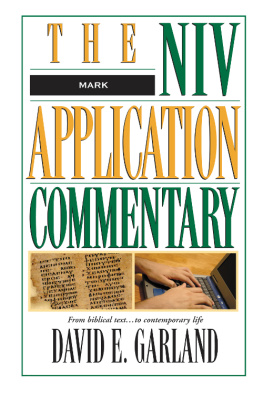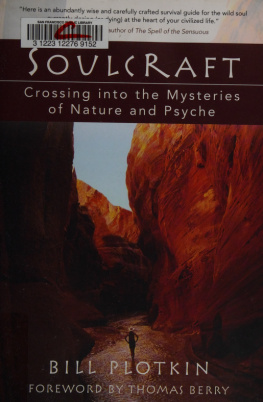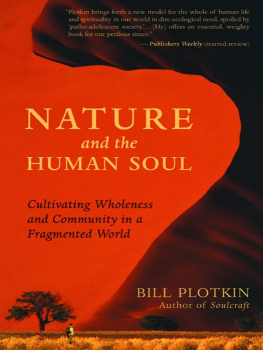Mark J. Plotkin - The Amazon: What Everyone Needs to Know
Here you can read online Mark J. Plotkin - The Amazon: What Everyone Needs to Know full text of the book (entire story) in english for free. Download pdf and epub, get meaning, cover and reviews about this ebook. year: 2020, publisher: Oxford University Press, genre: Art. Description of the work, (preface) as well as reviews are available. Best literature library LitArk.com created for fans of good reading and offers a wide selection of genres:
Romance novel
Science fiction
Adventure
Detective
Science
History
Home and family
Prose
Art
Politics
Computer
Non-fiction
Religion
Business
Children
Humor
Choose a favorite category and find really read worthwhile books. Enjoy immersion in the world of imagination, feel the emotions of the characters or learn something new for yourself, make an fascinating discovery.
- Book:The Amazon: What Everyone Needs to Know
- Author:
- Publisher:Oxford University Press
- Genre:
- Year:2020
- Rating:4 / 5
- Favourites:Add to favourites
- Your mark:
- 80
- 1
- 2
- 3
- 4
- 5
The Amazon: What Everyone Needs to Know: summary, description and annotation
We offer to read an annotation, description, summary or preface (depends on what the author of the book "The Amazon: What Everyone Needs to Know" wrote himself). If you haven't found the necessary information about the book — write in the comments, we will try to find it.
The Amazon: What Everyone Needs to Know — read online for free the complete book (whole text) full work
Below is the text of the book, divided by pages. System saving the place of the last page read, allows you to conveniently read the book "The Amazon: What Everyone Needs to Know" online for free, without having to search again every time where you left off. Put a bookmark, and you can go to the page where you finished reading at any time.
Font size:
Interval:
Bookmark:


Oxford University Press is a department of the University of Oxford. It furthers the Universitys objective of excellence in research, scholarship, and education by publishing worldwide. Oxford is a registered trade mark of Oxford University Press in the UK and certain other countries.
What Everyone Needs to Know is a registered trademark of Oxford University Press.
Published in the United States of America by Oxford University Press 198 Madison Avenue, New York, NY 10016, United States of America.
Mark J. Plotkin 2020
All rights reserved. No part of this publication may be reproduced, stored in a retrieval system, or transmitted, in any form or by any means, without the prior permission in writing of Oxford University Press, or as expressly permitted by law, by license, or under terms agreed with the appropriate reproduction rights organization. Inquiries concerning reproduction outside the scope of the above should be sent to the Rights Department, Oxford University Press, at the address above.
You must not circulate this work in any other form and you must impose this same condition on any acquirer.
Library of Congress Cataloging-in-Publication Data
Names: Plotkin, Mark J., author.
Title: The Amazon : what everyone needs to know / Mark J. Plotkin.
Description: New York : Oxford University Press, [2020] |
Series: What everyone needs to know |
Includes bibliographical references and index.
Identifiers: LCCN 2019052408 (print) | LCCN 2019052409 (ebook) |
ISBN 9780190668297 (hardback) | ISBN 9780190668280 (paperback) |
ISBN 9780190668310 (epub)
Subjects: LCSH: Rain forest ecologyAmazon River Region. |
BiodiversityAmazon River Region. | DeforestrationAmazon River Region. | Human ecology--Amazon River Region.
Classification: LCC QH112 .P56 2020 (print) | LCC QH112 (ebook) |
DDC 577.340981/1--dc23
LC record available at https://lccn.loc.gov/2019052408
LC ebook record available at https://lccn.loc.gov/2019052409
I dedicate this book to my mother, Helene T. Plotkin, who taught me to love and respect Mother Nature.
We rush around like the demented: in the first three days, we were unable to classify anything; we pick up one object to throw it away for the next....
[My colleague] Bonpland keeps telling me he will go mad if the wonders do not cease....
Alexander von Humboldt, describing his first forays into the Amazon rainforest in a letter home (1799)
The author wishes to thank Alexandra Aikhenvald, Amasina Alalapadu, Marie Arana, Daniel Aristizabal, Bruce Babbitt, Henrik Balslev, Arianna Bastos, Adam Bauer-Goulden, Tim Bent, Rhett Butler, Janell Cannon, Jim Castner, Ken Catania, Sandra Charity, Charles Clement, Jack Cover, Tom Dillehay, Philip Fearnside, Adrian Forsyth, Carolina Gil, Jeffrey Gorham, Peter Gorman, Michael Goulding, Greg Grandin, John Hemming, Andrew Henderson, Brian Hettler, Bruce Hoffman, Carina Hoorn, Rudo Kemper, Zack Lemann, Tom Lovejoy, John Lundberg, Liliana Madrigal, Dennis McKenna, German Mejia, Santiago Mora, Mary OGrady, Enrique Ortiz, Kamainja Panashekung, Minu Parahoe, Francelys Peche, Antonio Peluso, Dominiek Plouvier, Petru Popescu, Anthony Rylands, Rafe Sagalyn, Neil Schultes, Mike Shanahan, Glenn Shepard, Deborah Snyder, David Stone, John Terborgh, Michael Totten, Daniel Tredigdo, Kirk Winemiller, and Abigail Wright.
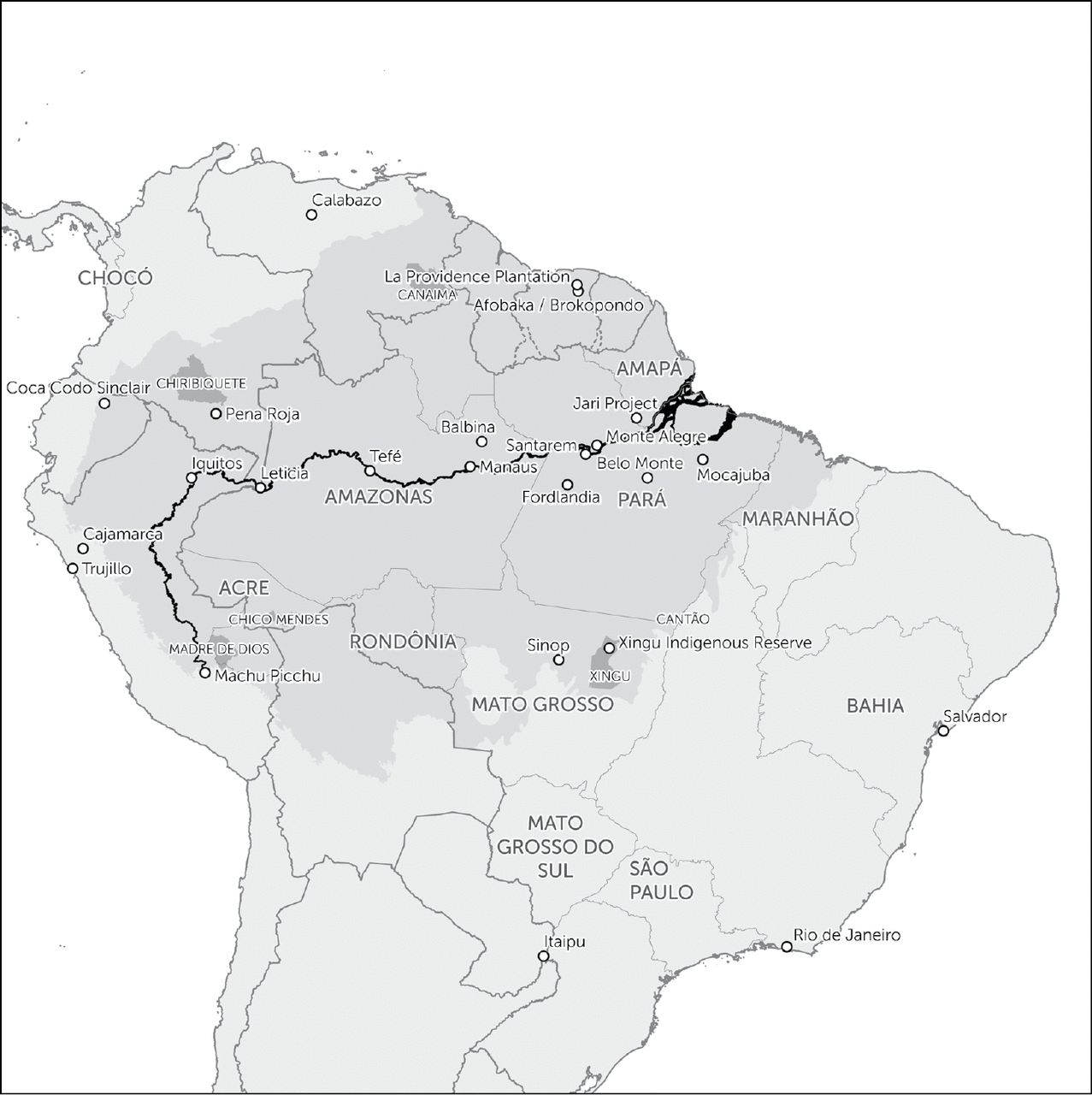
Map 1 Map of northern South America with the shaded area showing the distribution of the Amazon rainforest (Map by Brian Hettler and Rudo Kemper of the Amazon Conservation Team).
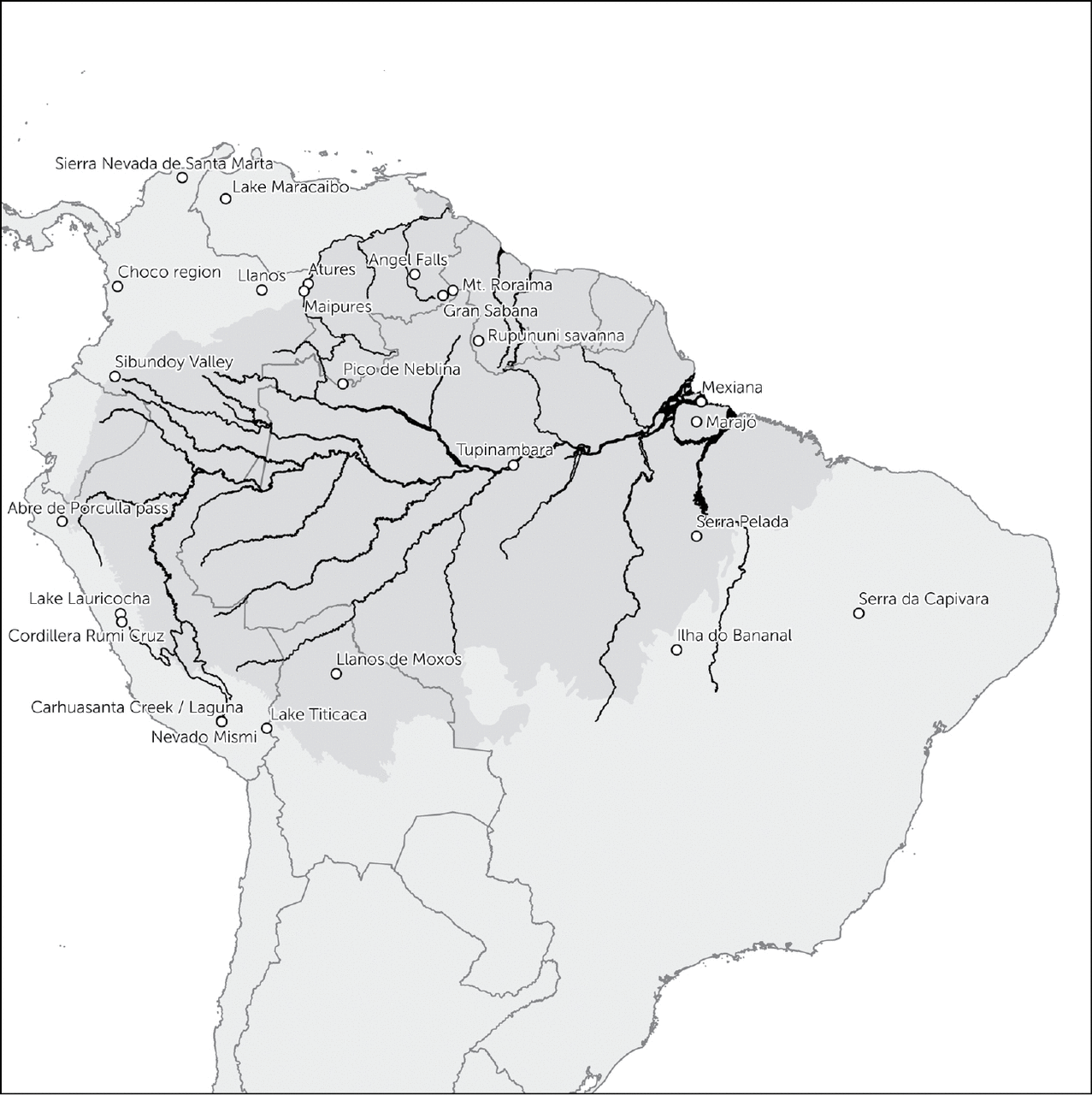
Map 2 Map of northern South America featuring locales mentioned in the text (Map by Brian Hettler and Rudo Kemper of the Amazon Conservation Team).
Rainforests occupy a special place in the imagination. Literary, historical, and cinematic depictions range from a ghastly green hell to an idyllic Garden of Eden. In terms of fiction, they fired the already fervent imaginations of storytellers as diverse as Sir Arthur Conan Doyle, Edgar Rice Burroughs, Rudyard Kipling, and even George Lucas and Steven Spielberg in whose books and films they are inhabited by dinosaurs, trod by Indiana Jones, prowled by Mowgli the Jungle Boy, and swung through by Tarzan of the Apes.
But rainforest fact is no less fascinating than rainforest fiction. Brimming with mystery and intrigue, these forests still harbor lost cities, uncontacted tribes, ancient shamans, and powerful plants than can killand cure.
The rainforest bestiary extends far beyond the requisite lions, tigers, and bears. Flying foxes and winged lizards, arboreal anteaters, rainforest giraffes, cross-dressing spiders that disguise themselves as ants, and bats the size of a bumblebees all flourish in these most fabulous of forests, along with other zoological denizens that are equally bizarre and spectacular. And no scientist immersed in these ecosystems believes that all the wonders have been found or revealed.
Tropical rainforests merit their moniker. They flourish in the tropicsthe more than 3,000-mile-wide (4,830 km) equatorial band between the Tropic of Cancer and the Tropic of Capricorn. And these forests are hot, humid, and wet, receiving, in the Amazon, on average from 60 to 120 inches (152300 cm) of rain per year, as compared to a mere 25 inches (63 cm) in London or 45 inches (114 cm) in Manhattan. However, several sites in the rainforests of northeastern India, western Africa, and western Colombia are drenched by more than 400 inches (10 m) of precipitation per annum.
To a large degree, rainfall in the tropics is determined by the so-called Intertropical Convergence Zone (ICZ), a band of clouds around the equator created by the meeting of the northeast and southeast trade winds. This band is also referred to as the Monsoon Trough and known toand dreaded bysailors over the centuries as the Doldrums, since the extended periods of calm that sometimes manifest there could strand a sailing vessel for weeks.
The constant cloud cover due to the ICZ, the ferocious heat, and the abundant rainfall combine to produce high humidity, sometimes close to 95% in the Amazon, a challenge for visitors unused to such torpor. According to Rhett Butler of Mongabay: Each canopy tree transpires 200 gallons (760 L) of water annually, translating roughly into 20,000 gallons (76,000 L) transpired into the atmosphere for every acre of canopy trees. Large rainforests (and their humidity) contribute to the formation of rain clouds, and generate as much as 75% of their own rain and are therefore responsible for creating as much as 50% of their own precipitation.
Temperate rainforests, by comparison, typically occur in coastal strips in temperate regions, like the coniferous forests found from Oregon to Alaska. Other temperate rainforests flourish in Australia, Japan, Russia, and New Zealand. Whereas tropical rainforest trees are often bedecked with vines and orchids, these temperate forests are typically festooned with ferns and mosses.
Conservationist Thomas Lovejoy calls tropical rainforests the greatest expression of life on earth. Unlike the gymnosperms (conifers) that dominate the temperate rainforests, the tropical rainforests consist mostly of evergreen woody angiosperms (flowering plants). A peculiar and unforgettable aspect of these equatorial rainforests is the ubiquity of
Font size:
Interval:
Bookmark:
Similar books «The Amazon: What Everyone Needs to Know»
Look at similar books to The Amazon: What Everyone Needs to Know. We have selected literature similar in name and meaning in the hope of providing readers with more options to find new, interesting, not yet read works.
Discussion, reviews of the book The Amazon: What Everyone Needs to Know and just readers' own opinions. Leave your comments, write what you think about the work, its meaning or the main characters. Specify what exactly you liked and what you didn't like, and why you think so.





